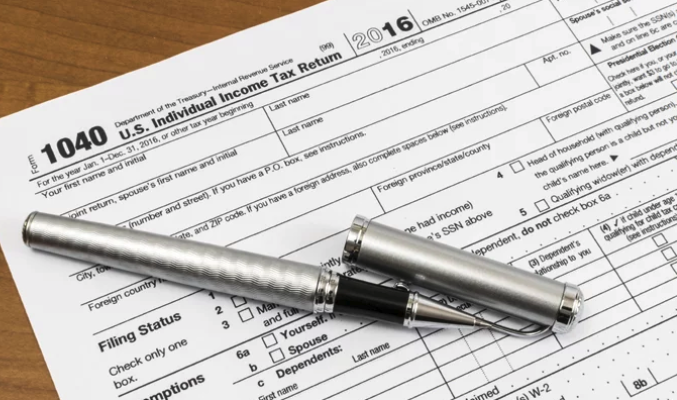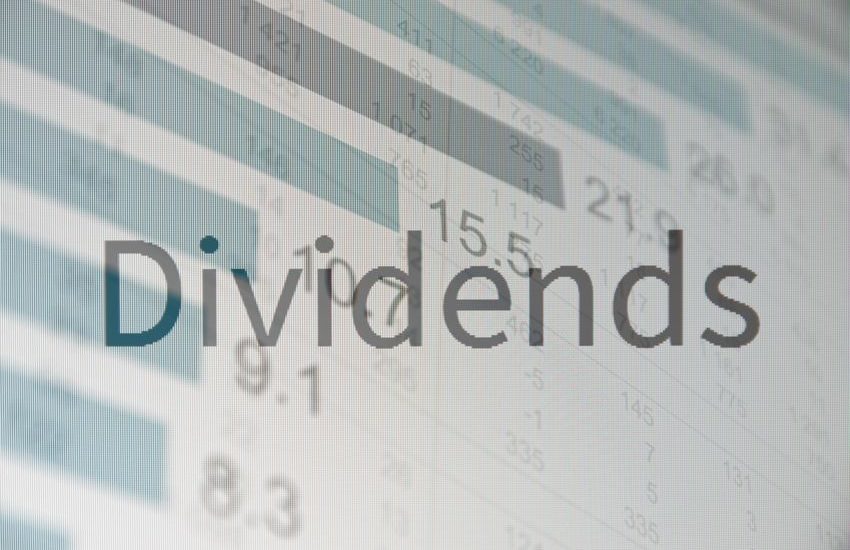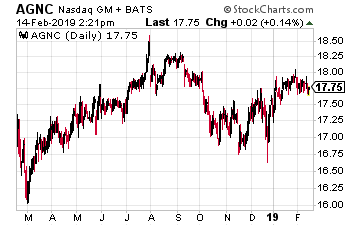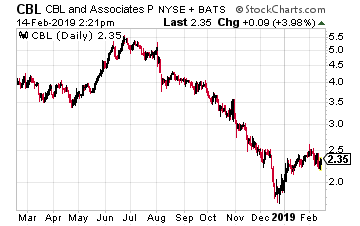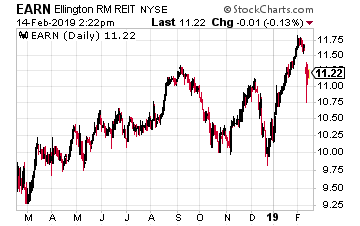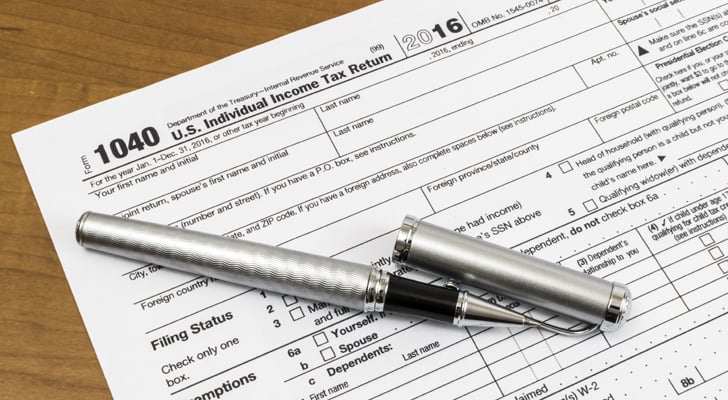
So far this year, the average tax refund amount is down about 8.4% to $1,865. As should be no surprise, this has stirred up quite a bit of disappointment. A tax refund is often an important part of people’s spending.
The drop is also perplexing because of the new tax law. Wasn’t it supposed to lower taxes?
Well, this is true. However, even though the withholding levels were lowered, they did not account for some of the key changes in the tax code. The result is that for many Americans there was not enough money withheld from their paychecks.
So what to do to boost your tax return? Unfortunately, the tax law has also cut back on many tax breaks. Here are just some examples:
- Personal exemptions have been eliminated
- Moving expenses can no longer be deducted
- Miscellaneous itemized deductions have been eliminated
- State and local tax deductions have been limited to $10,000
Despite all this, there are still benefits available and strategies to pursue. So let’s take a look:
Tax Refund Strategy: IRA and HSA Contributions
One of the best tax breaks is the IRA (Individual Retirement Account). It not only provides a lucrative deduction (whether you take the standard deduction or itemize) but is also a great vehicle for savings. The presumption is that when you reach retirement your withdrawals from the account will be at a lower tax rate.
Something else to consider: You can make a contribution by April 15th of this year. This can then be included on your 2018 tax return.
The maximum contribution amount for an IRA is $5,500 per person and this must be based on earned income. But if you are 50 or older, this goes up to $6,500.
Yet there are some wrinkles. If you are eligible for a company retirement plan, then the deduction may be limited or disallowed. This is based on your income.
OK then, what about a Roth IRA? Can this boost your refund? The answer is no. While a Roth IRA has nice tax benefits (withdrawals are not taxed) you do not get deductions for the contributions.
Finally, you can setup a Health Savings Account or HSA, which allows for tax benefits when paying for medical bills. Like an IRA, the deadline for contributions is April 15th.
Tax Refund Strategy: Filing Status
What you indicate as your filing status on your tax return can make a big difference. Keep in mind that the new tax law made some significant changes with the standard deduction levels, which now include the following:
- Single: $12,000
- Head of Household: $18,000
- Qualified Widow(er) $12,000
- Married Filing Jointly $24,000
- Married Filing Separate $12,000
The rules for filing status can get complicated, especially with the Head of Household designation. You will need to understand the costs of maintaining the household and what types of dependents qualify (which may include parents who do not live with you). But it is worth evaluating.
Another strategy is to compute your tax return using different filing statuses. And yes, may be surprised by the results. Consider that filing separate could mean bigger tax savings if you or your spouse has substantial medical expenses.
If anything, all this is a good reason to get some advice from a tax professional, say by setting up an appointment at H&R Block (NYSE:HRB) or seeking out a local CPA or Enrolled Agent. The tax benefits could easily exceed the fee.
Tax Refund Strategy: Credits
A tax credit is can go a long way to boosting your refund. The reason is that you get a dollar-for-dollar reduction of your tax liability. A deduction, on the other hand, is subtracted from your income, which is then subject to a potential tax.
There are a variety of credits available, such as for education (American Opportunity Credit) and lower income households (Earned Income Tax Credit). But they do require some research and record keeping.
The new tax law also has improved the Child Tax Credit, so as to help make up for the elimination of the personal exemption. It has been increased by $1,000 to $2,000 for a qualifying child who is under 17.
There is also a personal credit of $500 for the taxpayer, spouse and other dependents that are not eligible for the Child Tax Credit. These credits phase out at $400,000 in income for joint filers and $200,000 for all other taxpayers.
Tom Taulli is an Enrolled Agent and also operates PathwayTax.com, which is a tax advisory and preparation firm. Follow him on Twitter at @ttaulli. As of this writing, he did not hold a position in any of the aforementioned securities.
Source: Investor Place
